Maintaining good body condition of lactating sows
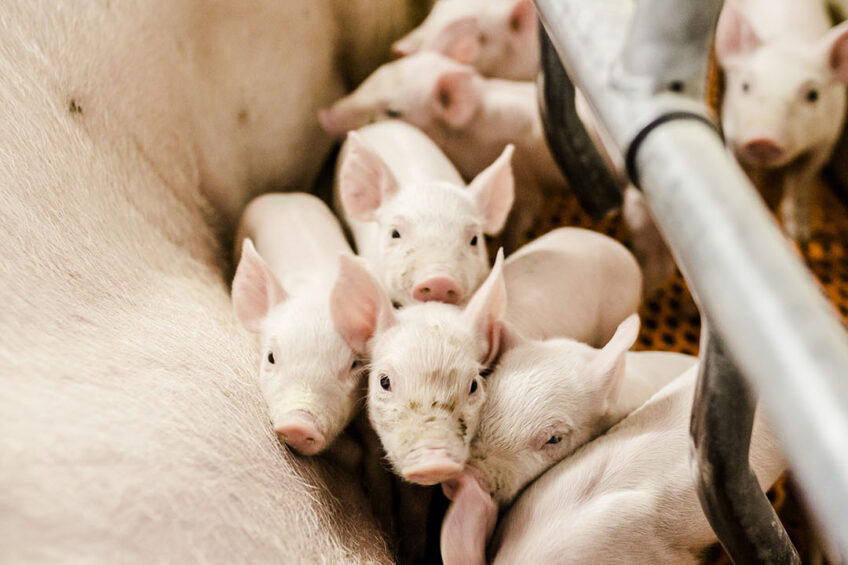
The lactation phase is often tricky for modern sows as large litters of piglets are always hungry. Sows struggle to maintain productivity, especially when feed intake is inadequate. Feed additives can play a role in helping sows get through lactation more easily.
Modern sows are more fertile and produce more milk than their predecessors from decades ago. At the same time, modern sows are genetically leaner, linked to a low voluntary feed intake. In such swine herds, the metabolic state of the sows can be compromised due to inadequate feed intake.
The lactating sows are often in a catabolic state, causing tissue mobilisation due to the high demand for nutrients for milk production. Excess tissue mobilisation can affect weaning-to-service intervals, subsequent farrowing rates, total-born litter sizes, and overall sow productivity. Maintaining adequate body condition of sows improves animal welfare and is a prerequisite to optimising sows’ productivity and longevity.
Stimulating lactation feed intake
Managing sows’ feed intake during lactation is essential to ensure productivity success. The primary objective of feeding the lactating sow is to maximise nutrient intake to meet the nutritional demand for milk production.
Lactation nutrient intake impacts the growth performance of piglets and the subsequent reproductive performance of sows. Nutrient intake can be improved by increasing the nutrient density of the lactation diet; this can be achieved by increasing dietary fat and reducing the amount of crude protein or crude fibre. Other nutritional strategies include using feed additives that can stimulate feed intake.
Phytogenics enhance lactation feed intake
Phytogenic feed additives (PFAs) are a group of natural substances derived from herbs, spices and other plants. A key benefit of PFAs is related to the stimulation of feed intake. A phytogenic mixture (essential oils, flavonoids, pungent substances, and mucilages) has been demonstrated to enhance the feed intake of lactating sows.
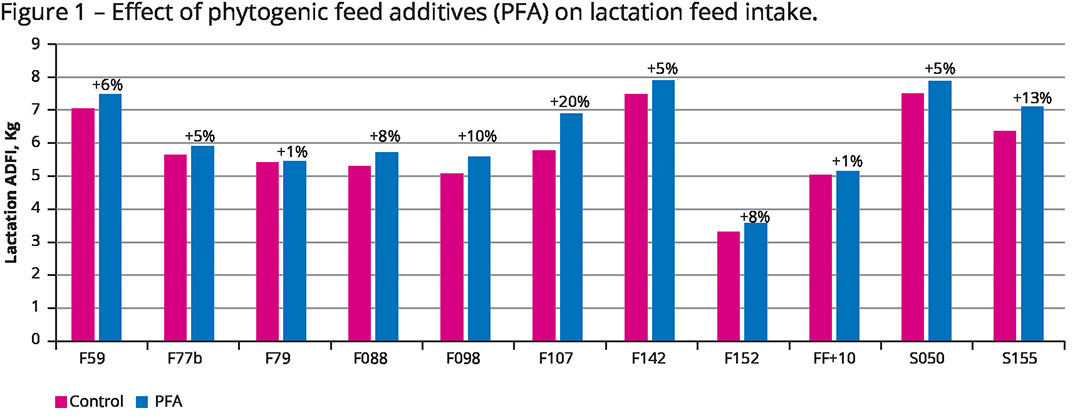
Figure 1 shows a collection of 11 lactation studies conducted under various production conditions. In each study, sows were fed either a control diet or a diet with the addition of a phytogenic mixture (400 g/MT) during the overall lactation period. The figure shows the response to average daily feed intake during lactation. The results indicate that lactating sows supplemented with the phytogenic mixture consistently improved feed intake (on average by 8%) compared to the control treatment.
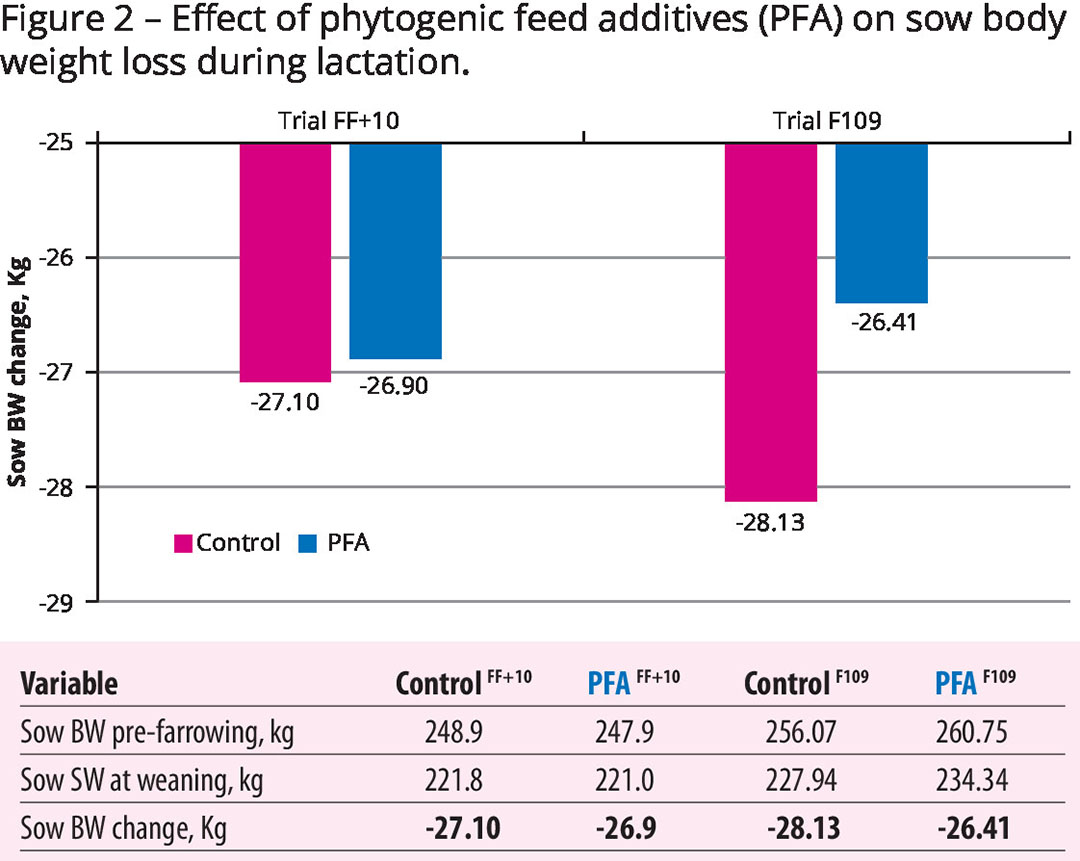
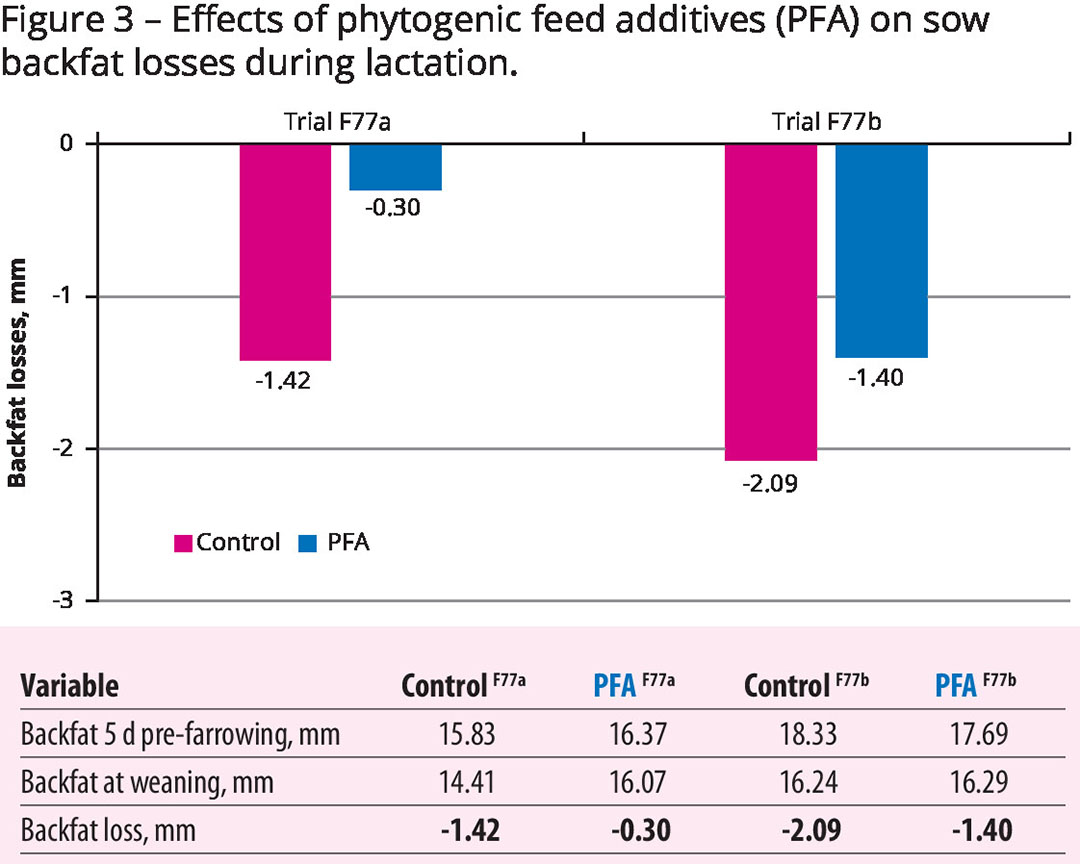
Other observed benefits of this phytogenic mixture in lactating sows are related to the improvement in the body condition of the lactating sows. Figures 2 and 3 show four studies where sows were fed either a control diet or a diet with the addition of this phytogenic mixture during pre-farrowing and the overall lactation period. These figures indicate that sows supplemented with the phytogenic mixture experienced lower body weight and back fat losses during lactation than those fed control diets.
Enhanced lactation feed intake supports milk production, which should positively impact the litter’s survivability. Along with the benefits of lactation feed intake, this phytogenic mixture has also been shown to improve the survivability of the litter.
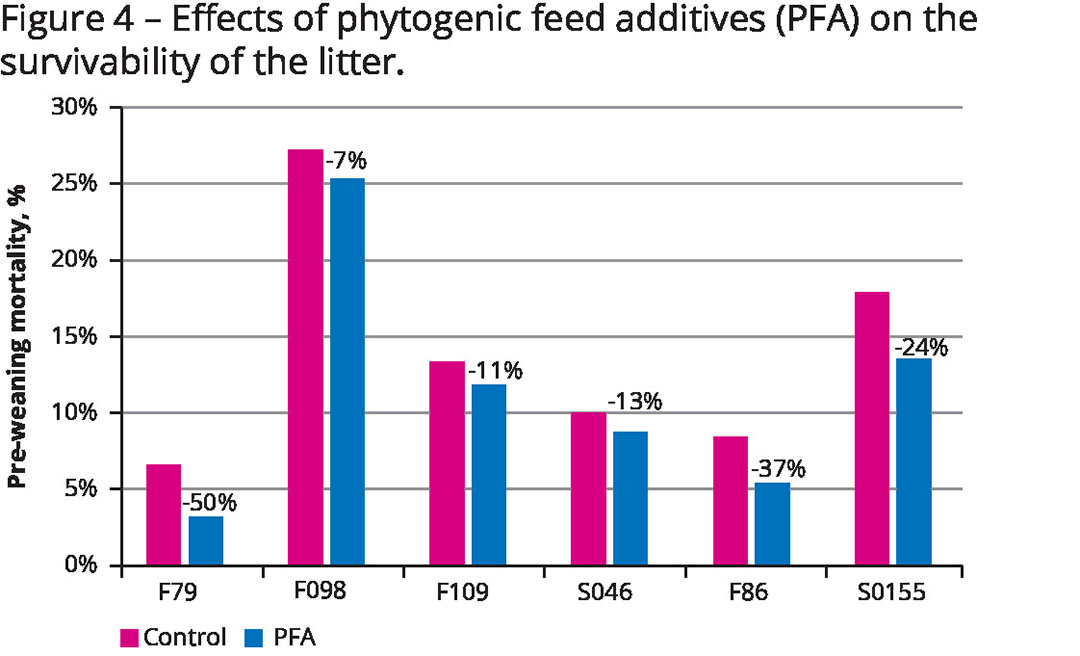
Figure 4 shows 6 studies where sows were fed either a control diet or a diet with phytogenics during the lactation period. This figure indicates that this phytogenic mixture, intended as a feed intake stimulant, consistently improved feed intake and subsequently reduced pre-weaning mortality compared to the control treatment.
Conclusion
Maintaining adequate body condition of sows improves animal welfare and is a precondition to achieving a high level of weaned pig output for subsequent meat production. Dietary strategies that can help lactating sows enhance feed intake and thereby mitigate body weight losses should be implemented to optimise the sow’s performance. Phytogenic feed additives can be considered a dietary strategy to increase intake and support the performance of modern lactating sows.
References available upon request
 Beheer
Beheer
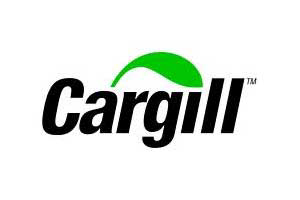
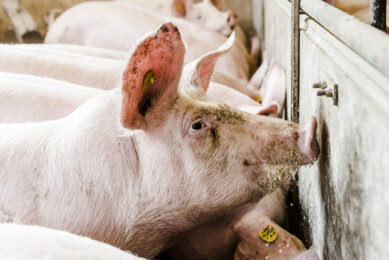
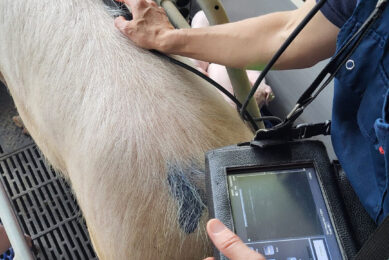
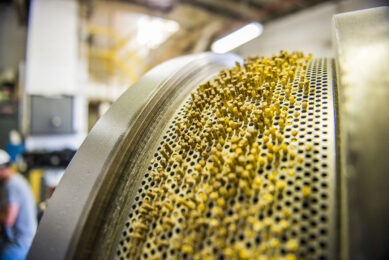
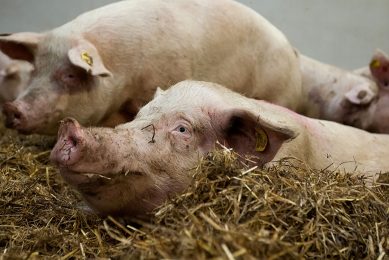
 WP Admin
WP Admin  Bewerk bericht
Bewerk bericht